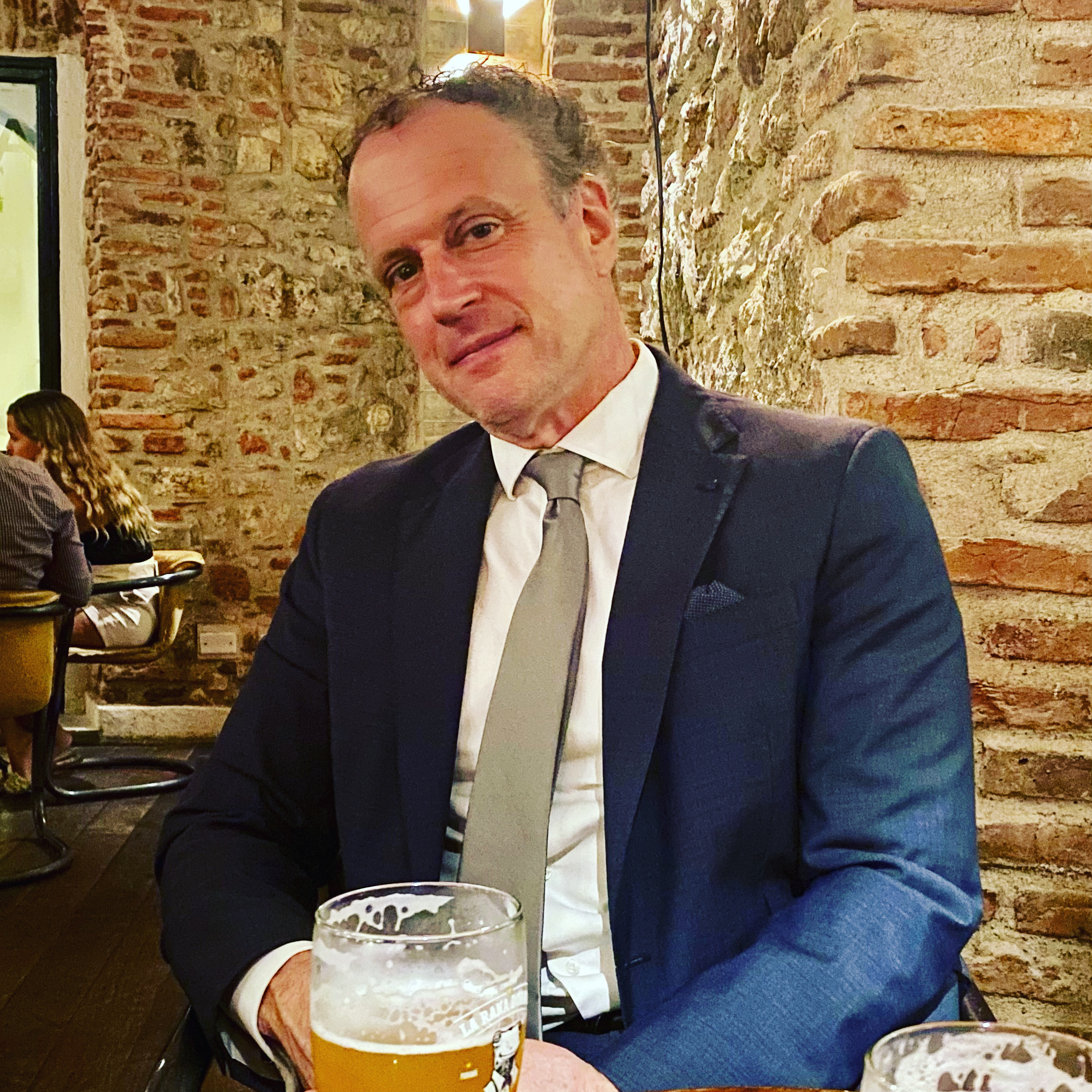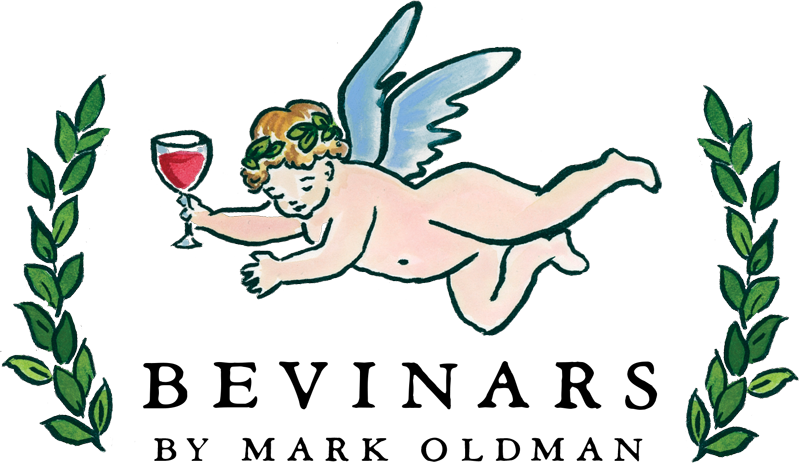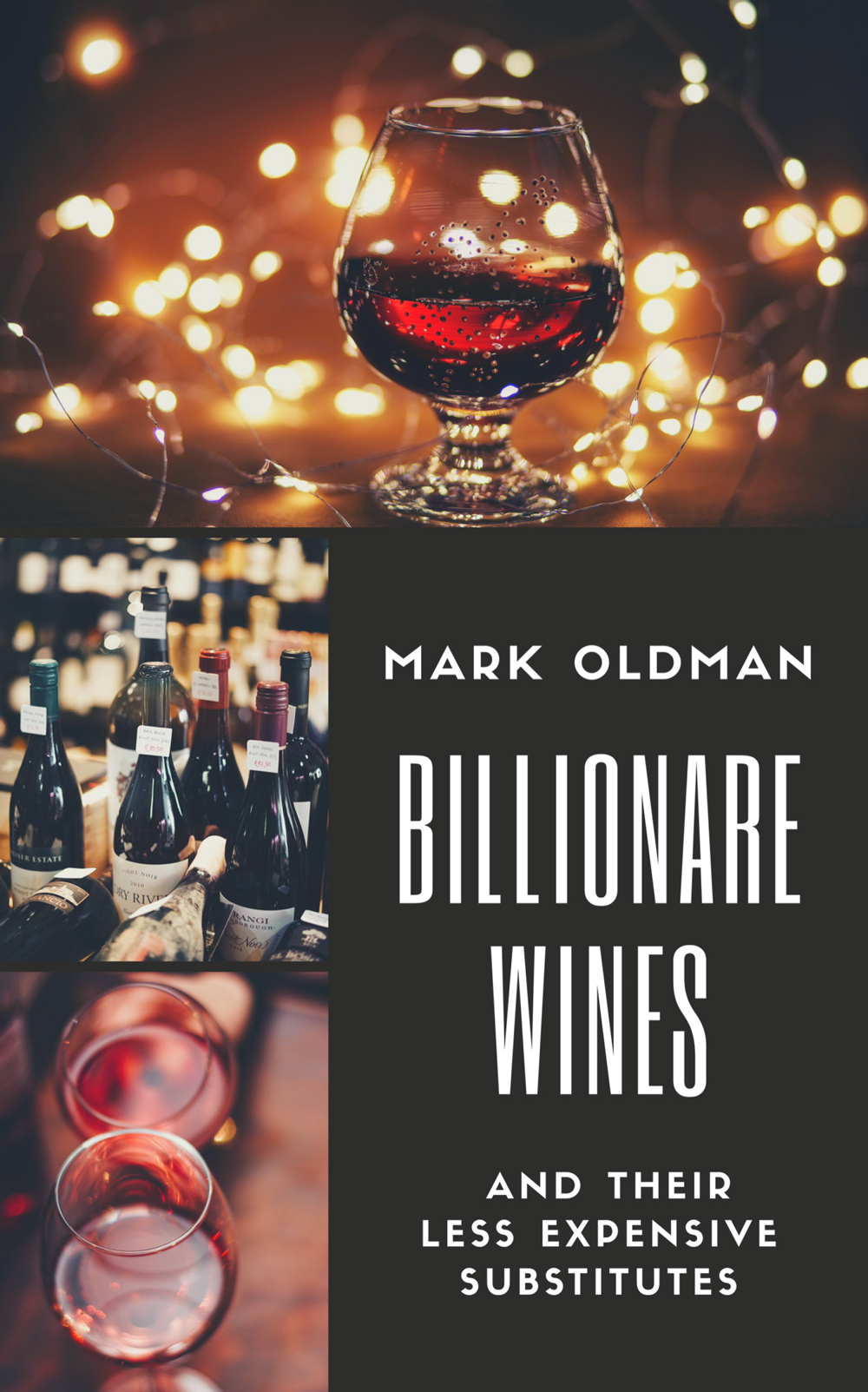Little-known Nuggets about Dom Pérignon
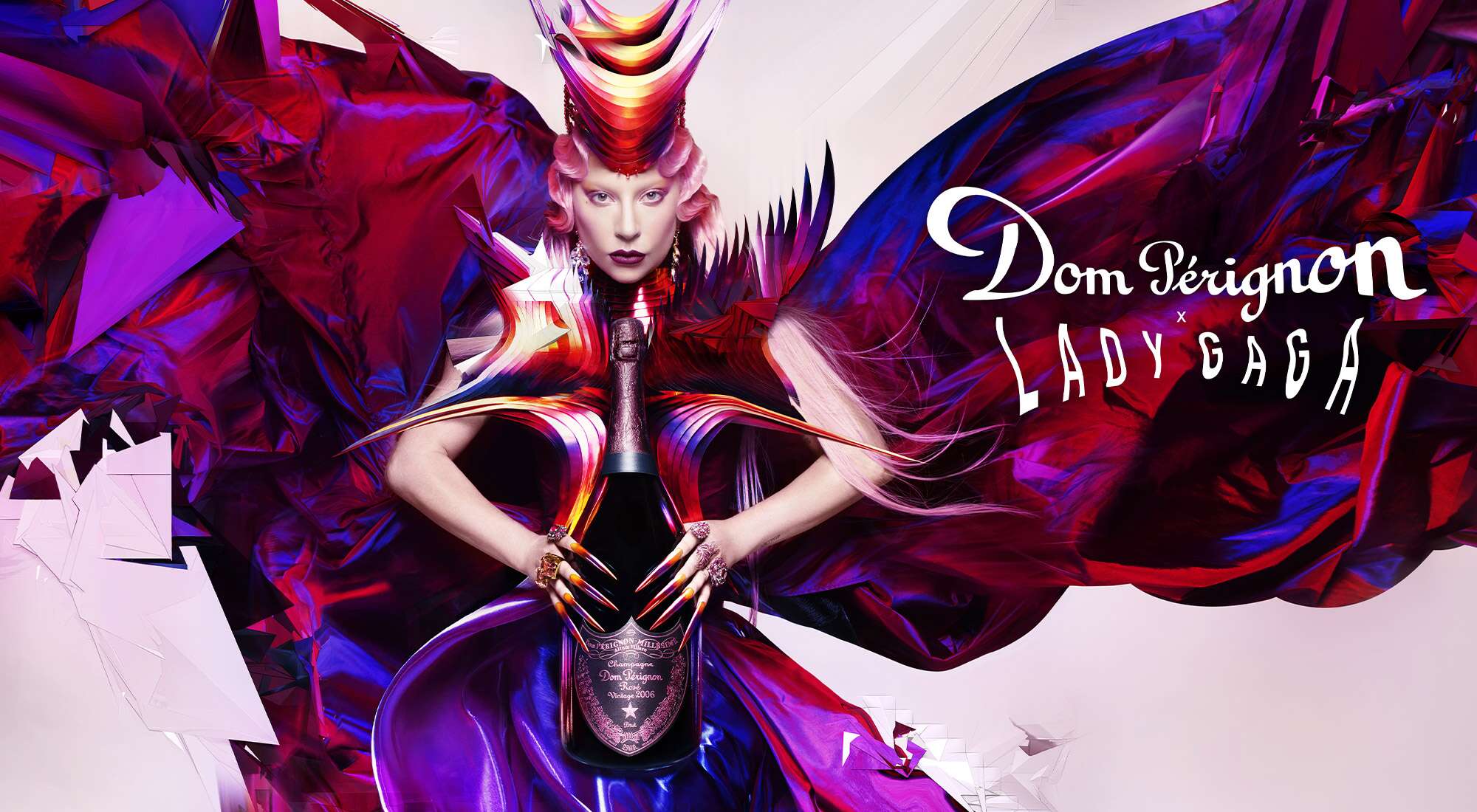
Dom Pérignon and Lady Gaga
When Lady Gaga recently mentioned the “traces of the centuries engraved on the stone” of a Medieval French abbey, she referred to the birthplace of Champagne, the sparkling wine, and not just any Champagne, but Dom Pérignon.
The brand, indeed, evokes images of festive pop celebrities as much as it does the vinous predilections of stuffy elites. Few wines carry such immediate and widespread name recognition, in part owing to the marketing genius of Moët et Chandon in the first half of the twentieth century. Even if you haven’t tried it, Dom Pérignon has filtered into the common imagination as among the best of its type.
What’s the story behind Dom Pérignon, and—because the wine is named after a person—who was he?
Let’s explore a few little-known nuggets of knowledge about Dom Pérignon, first the man and then the wine.
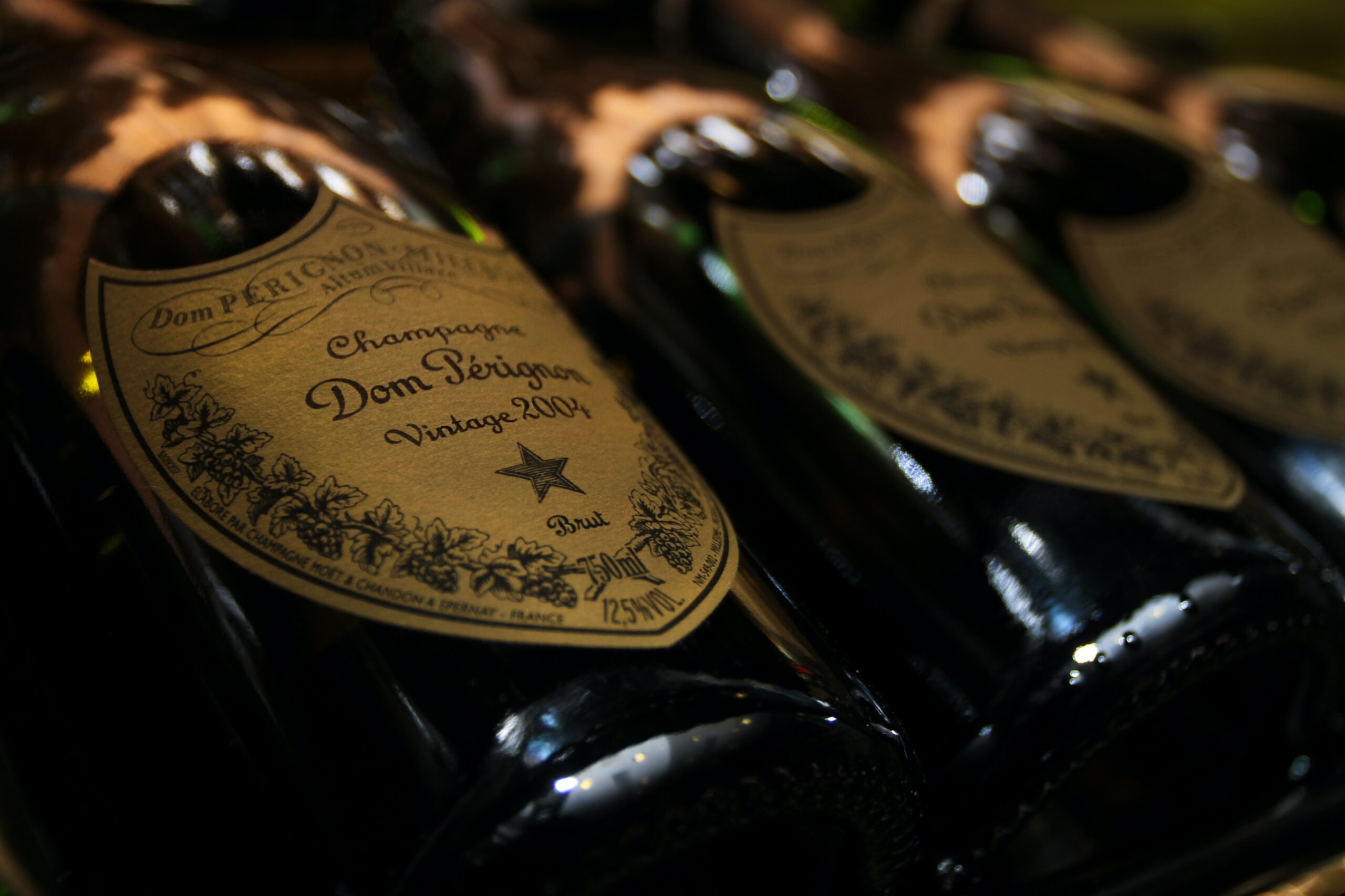
Who was Dom Pérignon?
Pierre Pérignon and Vin Gris
First, many people believe that Pierre Pérignon, a French monk who died in 1715, invented Champagne and that therefore the first Champagne was “Dom Pérignon.” That’s not the full story.
At the age of 30, Perignon was transferred by the Catholic church to a wine-producing abbey in the Champagne region and tasked with tending to the cellars and vineyards. At that time, substantial competition existed between Auxerre wines (present-day Bourgogne) and Champagne in the French market, particularly in Paris and the court of King Louis XIV.
Voluptuous white wines held sway, and Pérignon helped develop a technique for making slightly sweet, crisp, but flavorful white wines from red-skinned grapes. Such wines were called “vin gris,” the direct ancestors of blanc-de-noirs Champagne. These wines became very popular in the late seventeenth century. We could say Dom Pérignon invented vin gris, but not necessarily Champagne.
Dom Pérignon’s Wine: A proto-Champagne
Second, at around the same time, a vogue for bottled wines ensued and the abbey bottled its vin gris after the first fermentation, probably sometime in late November or December. The problem with much late seventeenth-century northern French wines was that the winter cold stopped the fermentation before it was complete, leaving residual sugar in the must (i.e., the fermenting grape juice). When the warmth of spring arrived, the yeast became active again. This produced a second fermentation in the bottles.
In general, this was a fault. Merchants wanted still wines, not fizzy ones. It caused a lot of lost wine. The key to creating a kind of proto-Champagne lay in two advancements: 1. Stronger green glass bottles (a technology developed in England); and 2. cork stoppers, which arrived in France via international trade networks (from Spain and Portugal). This way, when people opened the bottle, they got lightly sparkling wine that was still fresh, clean, and tasty.
So we can say that Dom Pérignon was part of a winemaking abbey that successfully bottled vin gris, which sparkled in the Spring, but he didn’t invent modern-day Champagne. Modern Champagne has a few characteristics that developed after the time of Pierre Pérignon including, for example, the dosage before final corking.
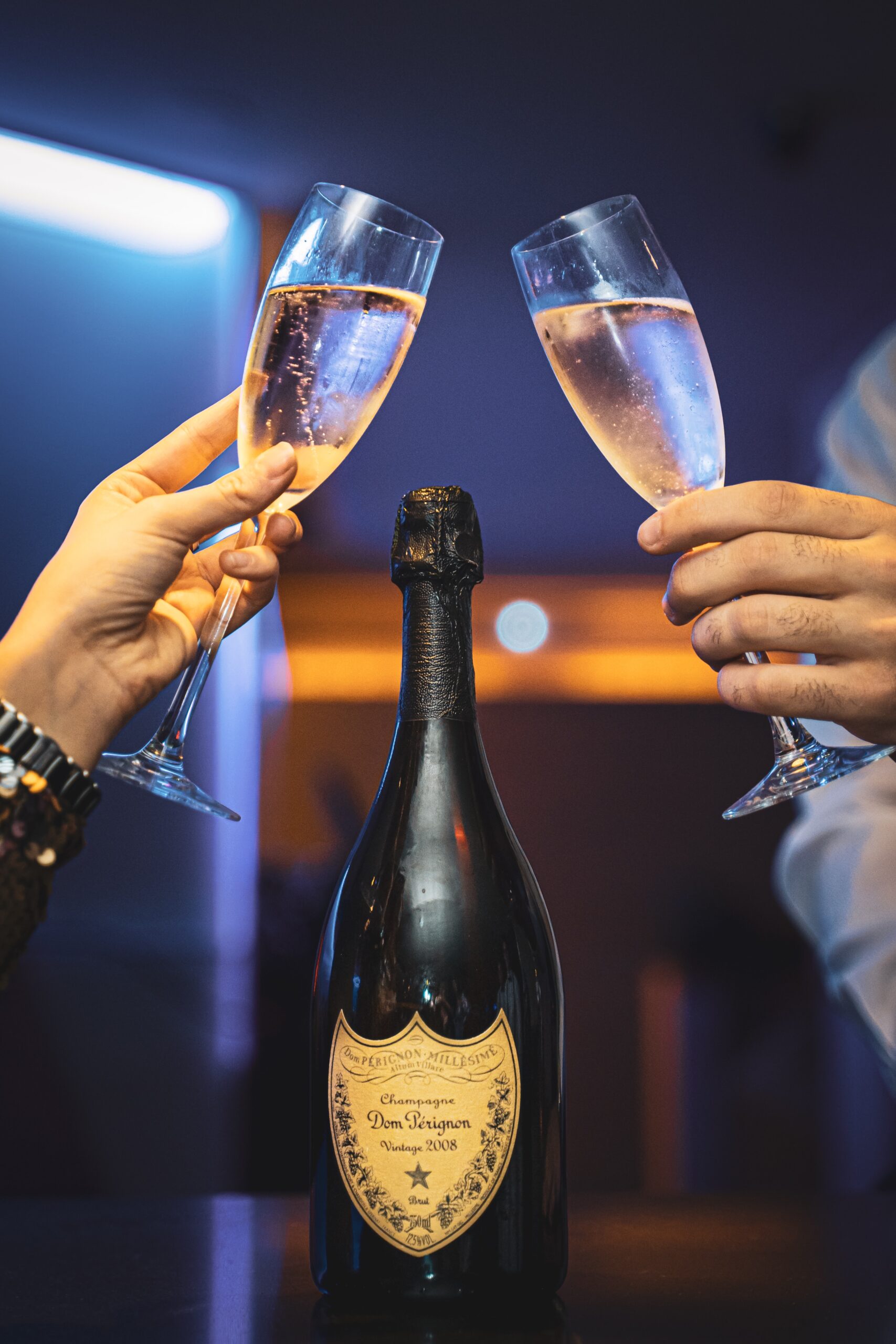
What Makes Dom Pérignon Unique?
Beside its somewhat mythical history, first, it is a prestige brand of the larger Champagne house Möet et Chandon, now owned by the luxury conglomerate LVMH.
Second, it has its own dedicated production team and its own cellar master (“chef de cave”), the person in charge of the final blend and quality, currently Vincent Chaperon.
Third, Dom Pérignon is always vintage. What does this mean? Don’t expect in 2023 to buy the 2022 vintage of Dom Pérignon. It is only released, with a vintage date, in exceptional years when in-house analysis has determined that the resulting wine will meet very high quality standards.
In an interview with Bevinars, professor Evelyne Resnick, a luxury wine expert, said, “Dom Pérignon is the champagne that challenges the difficulty of the vintage year after year. Dom Pérignon is really worth it just for giving the drinker the exceptional experience of a single vintage champagne.”
Current released vintages include 2013, 2012, and 2010. No 2011, no 2014. For the rosé, you will find 2009, 2008, 2006 and 2005.
Finally, there’s no single-vineyard Dom Pérignon; it’s always a blend, or the result of what the French call “assemblage” (with a French accent, bien sur). Dom Perignon says: “Dom Pérignon can only be made from a blend of grape varieties and terroirs. [. . .] The assemblage of Dom Pérignon is a perfect balance of black and white grapes,” that is mostly Pinot Noir and Chardonnay.
How Much is a Bottle?
The entry-level bottle, 2013 Dom Pérignon Brut, averages around $241/bottle. The 2012 vintage costs about $260. The 2009 Dom Pérignon Rosé will set you back about $390; the 1996 vintage, $669 per bottle. The most expensive bottle of Dom Pérignon bottle ever sold at auction is reportedly the 1959 Dom Pérignon Rosé: $85,000.
Is Dom Perignon Worth It?
Ask the marketing team at LVMH, and they will tell you, resoundingly, yes!
One must take into consideration that the production of any traditional method sparkling wine involves enhanced costs vis-à-vis still wines or “tank method” sparkling wine. In addition, Dom Pérignon takes painstaking care to ensure high quality, from the vineyard to the blending, and from the long ageing to the distinctive bottle design.
There are more expensive and less expensive vintage Champagnes, and overall a price tag of $250 to $350 for expertly made wine of this category is reasonable. It also depends on your personal taste, which you can hone by taking a wine class in the comfort of home. Evelyne Resnick, who researches the luxury wine category, said Dom might vary from an academic definition of a luxury wine, in part owing to its success. “Because of the number of bottles produced (about 5 million according to some experts),” it’s not scarce; but, she added, “the quality is at the top.”
Also consider that you can buy traditional method Spanish Cava for $6; but that’s not the real comparison. One can find top-notch vintage Cava, such as the “Paraje Calificado” wines, full of tertiary aromas, for well under $90 a bottle. Other vintage Champagnes, like the 2014 Lelarge-Pugeot Les Meuniers de Clemence Extra Brut, can be purchased for $59.99.
Drinking Dom Pérignon, however, broadcasts prestige, and status must be accounted for. Möet started building it as a premiere brand in the 1930s in France, and by the 1970s, the New York Times wine column could note “a shortage of Dom Perignon champagne” in Palm Beach, Florida. “The Dom Perignon shortage,” explained the Times, “is a clear case of demand outstripping supply, and part of the demand must be explainable by the fact that it’s the ultimate chic in some places to flash a bottle that costs $85. There are other $85 champagnes in Palm Beach, but Dom Perignon is the status label.” That hasn’t changed. Just ask Lady Gaga . . .
